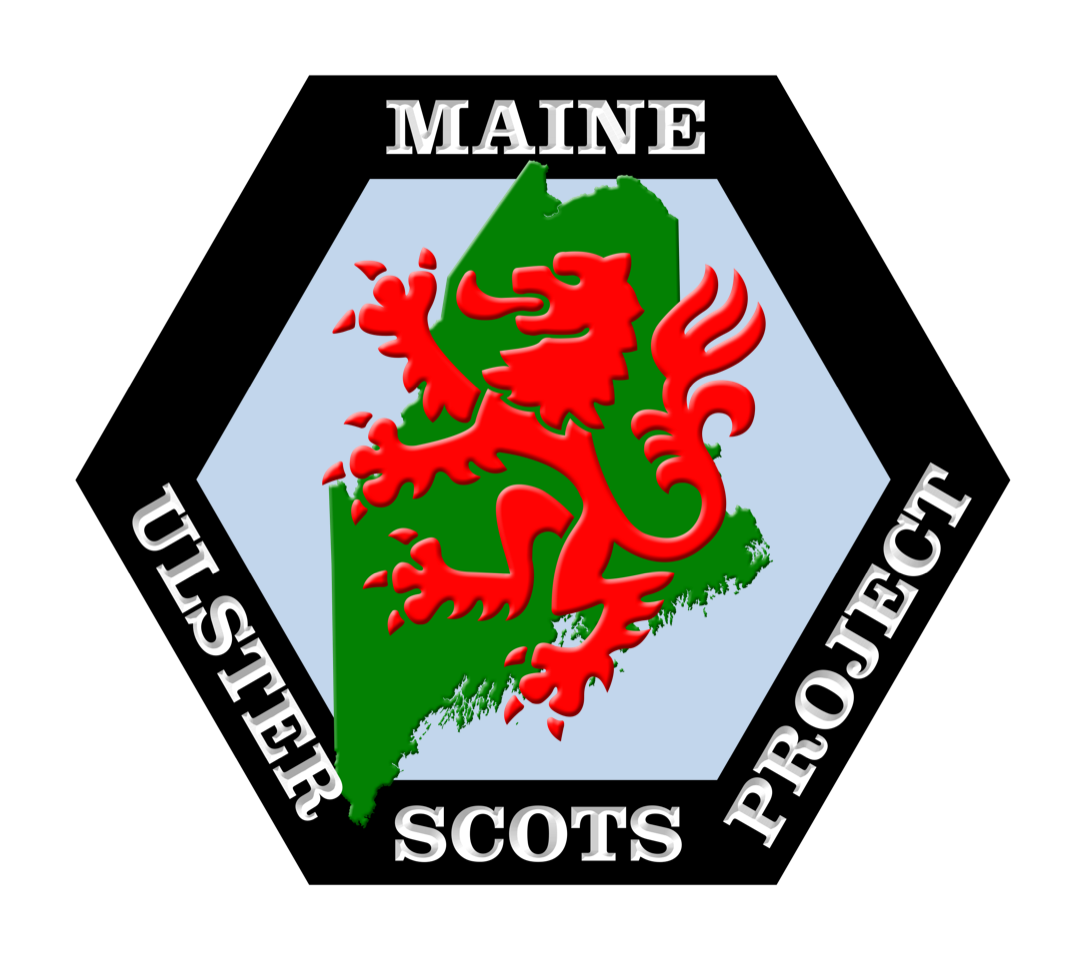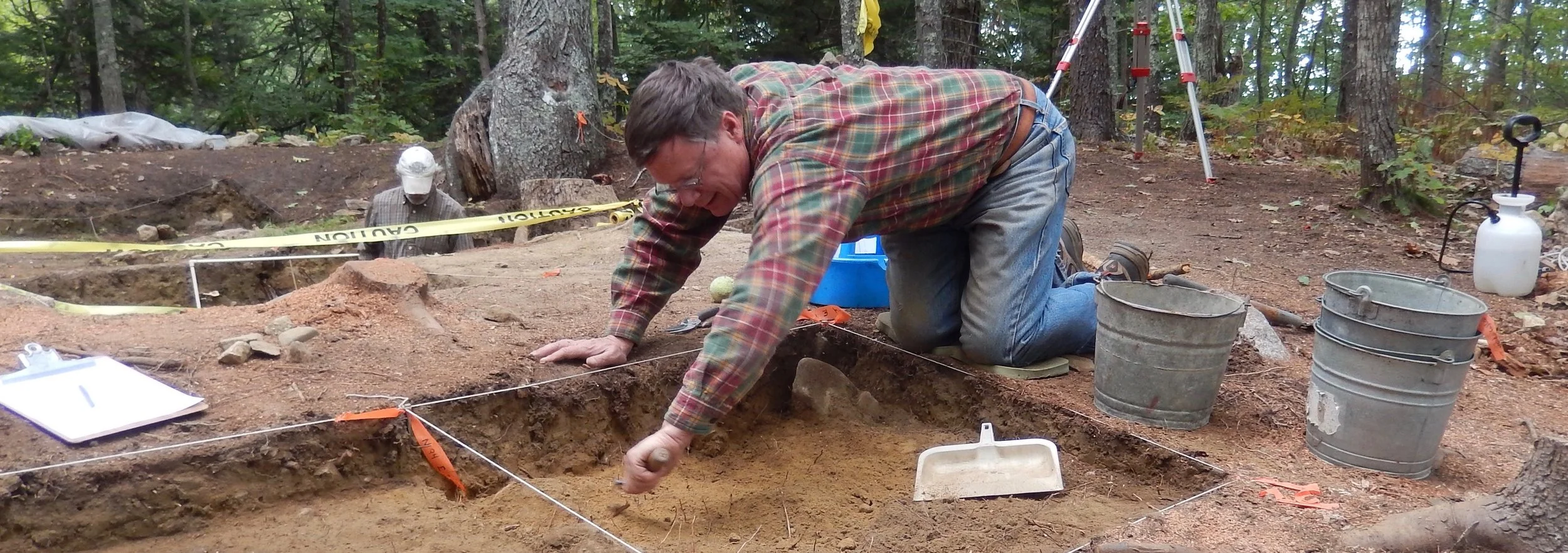THE SOMERSETT SITE
An archaeological portrait of an Ulster-Scots habitation on the Maine frontier
PAMELA CRANE
The following pages are reproduced from: “1718-2018, Reflections on 300 years of the Scots- Irish in Maine”
printed following the academic conference held at Bowdoin College, Maine in August 2018.
© 2019 Maine Ulster-Scots Project and the Ulster-Scots Agency
PART 6
Conclusions
Certainly, Jane and Andrew McFadden faced many challenges in their move from Ulster to the shores of Merrymeeting Bay. One contributor to the 1718-2018 Conference at Bowdoin College in August, 2018, Alister McReynolds, characterized them as “hardscrabble times.” When the McFadden’s arrived, they faced potential conflict with the French and their Wabanaki allies. Though they came in the hope of land ownership, if they failed to establish a competency under the requirements of the Pejepscot Proprietors, they faced losing their capital outlay and their dream of land ownership.
Against these odds, they prospered for four years. They were driven from their homestead at Somersett by forces beyond their control: retaliation of the Wabanaki due the failure to settle land disputes with English settlers to the south. Though the house was destroyed in 1722, Andrew’s and Jane’s experiences were saved in the archaeological record and reflect the transmission Ulster lifeways to those on the Massachusetts frontier.
From pollen data, it is evident that the McFaddens carried typical garden seeds to the New World. They also brought atypical seeds, in terms of the current American palate. Now recognized as common weeds, these included goose foot, purslane, and nettle. The McFaddens adopted New World foods, including winter squash.
Earthfast housing, typically found on New England sites, and sites found in the Chesapeake, was found at Somersett. This kind of technology was identified at the excavations from Salterstown, one of the towns establish during the Plantation years of Ulster. Jane and Andrew adopted the New England cellar for food storage.
Occasionally, architectural elements reflect the gender, cultural, and the practical needs of household members. Historian, Joyce Bibber, described the modern household improvements associated with the Greek revival houses built after Maine gained statehood in 1820. These newfangled conveniences improved efficiency in cooking and cleaning. An example would be set kettles that provided constant hot water. Architectural features can reflect cultural preferences. The Caroll house is one of the holdings in Acadia National Park, Maine. John Carroll, a native of Ireland, was a mason. He and his Yankee wife, Rachael Lurvey, built a house reflecting both of the cultural backgrounds of New England Yankees and the Irish. The house they built was a typical New England Cape, reflecting her choices, but it was once covered with stucco, a treatment common in Ireland.
It is much more difficult to recognize these distinctions in the archaeological record. Andrew McFadden spent his formative years in Scotland, where longhouses were the norm. Jane spent hers in Ulster where timber-framed hall-and-parlor houses were the norm. Did Jane influence the choice of materials and the form of the house? Jane was responsible for food production, preparation, and preservation. Was it she who recognized the utility of an in-ground cellar, when she saw examples from her New English neighbors?
In conclusion, this one example of an Ulster-Scots site cannot be used as a model for early Ulster sites in Maine as a whole. This work has provided information that reflects Ulster-Scot culture in 1718. As time went on, the Ulster-Scots contributed to the culture of Maine. Tracing these changes and adaptations to the culture of Maine’s Ulster-Scots will be the work of years to come.
The pages above are reproduced from: “1718-2018, Reflections on 300 years of the Scots- Irish in Maine”
printed following the academic conference held at Bowdoin College, Maine in August 2018.
© 2019 Maine Ulster-Scots Project and the Ulster-Scots Agency
All rights reserved. No part of this publication may be reproduced, stored in a retrieval system, or transmitted in any form or by any means, electronic, mechanical, photocopying, recording or otherwise, without the prior written permission of the publisher and copyright holder.
Read more and order the 256 page book at: https://www.maineulsterscots.com/reflections


